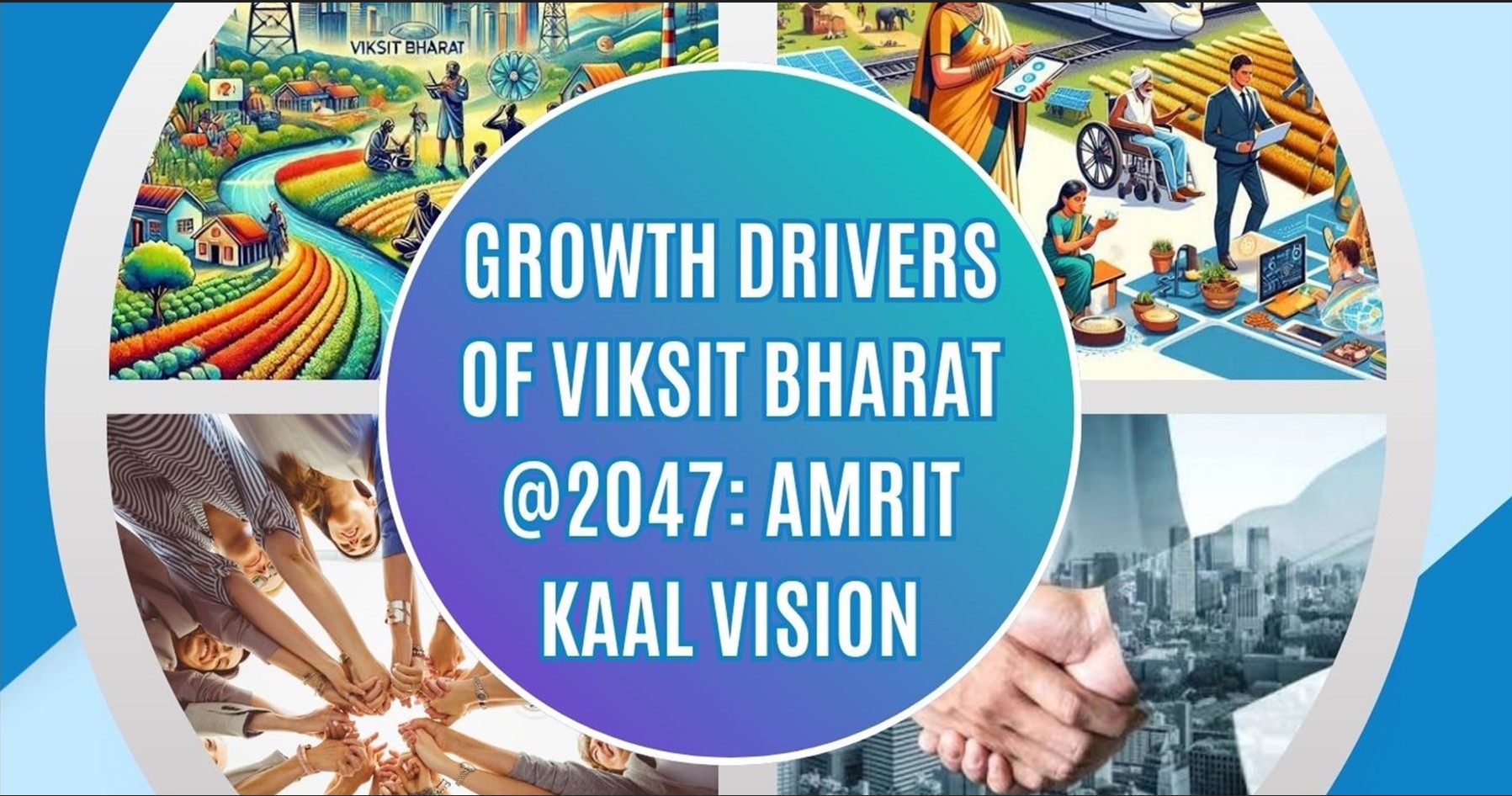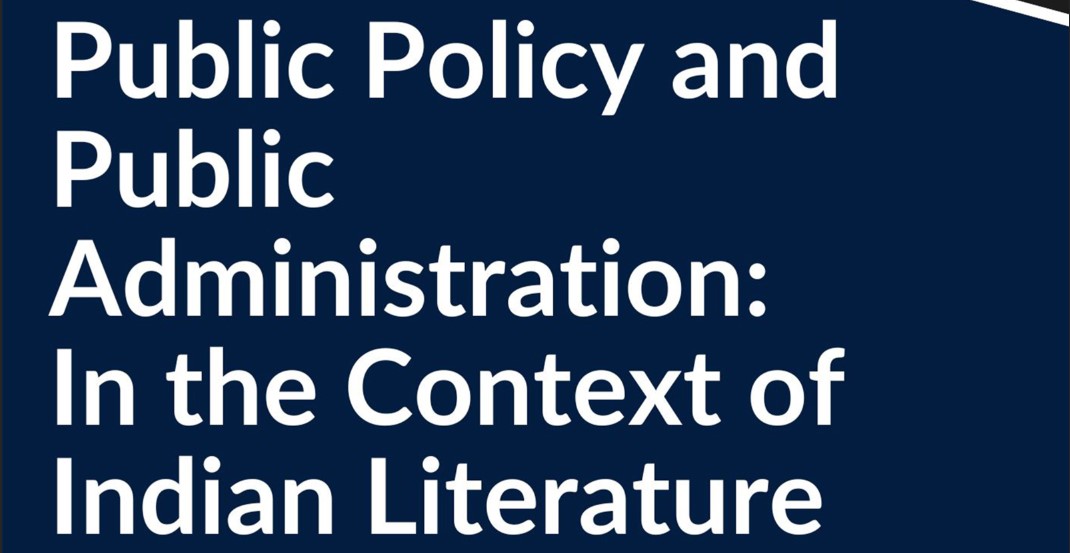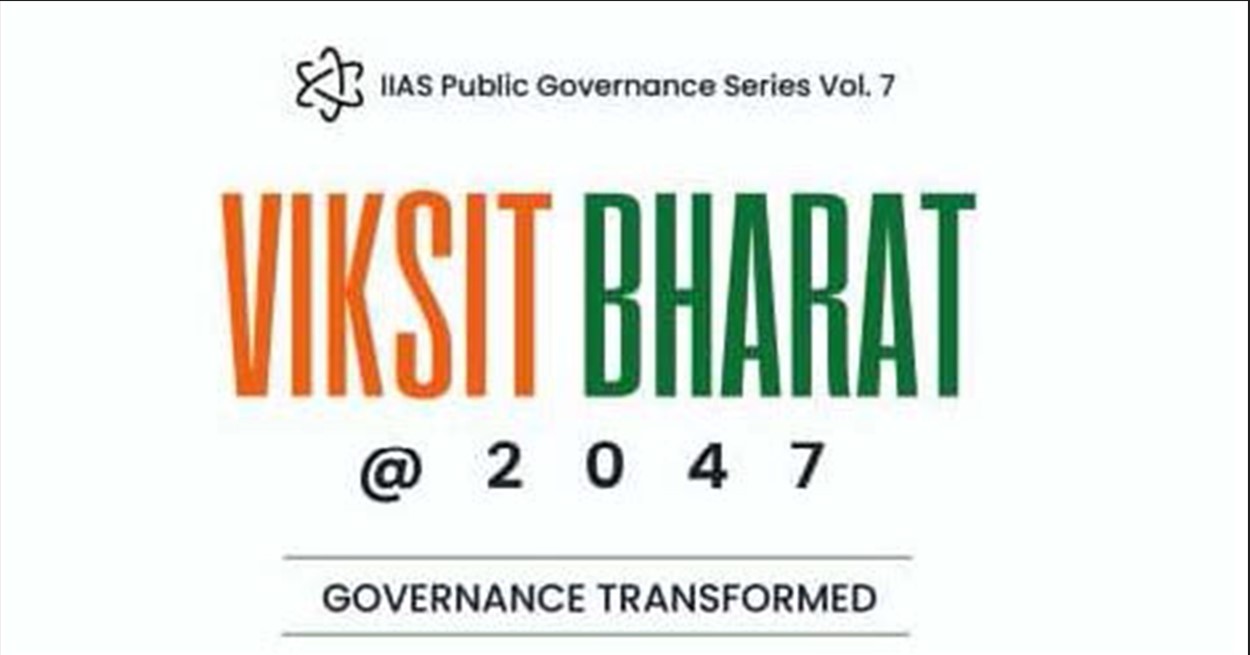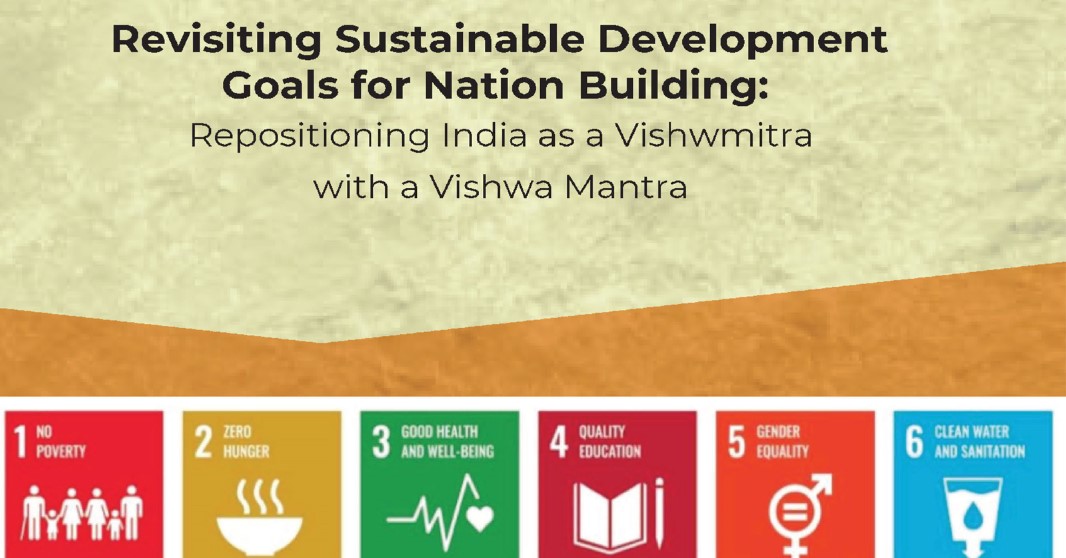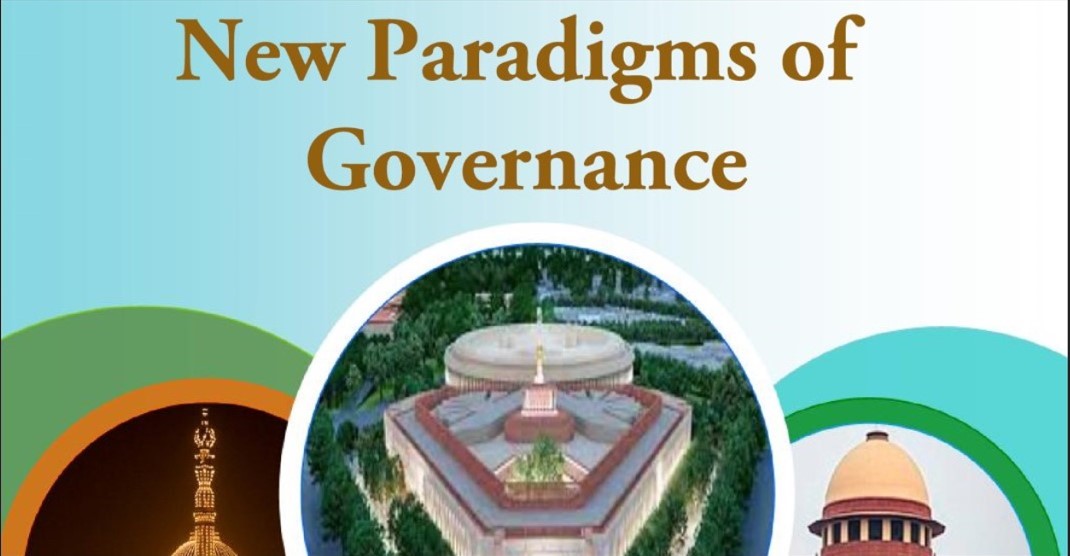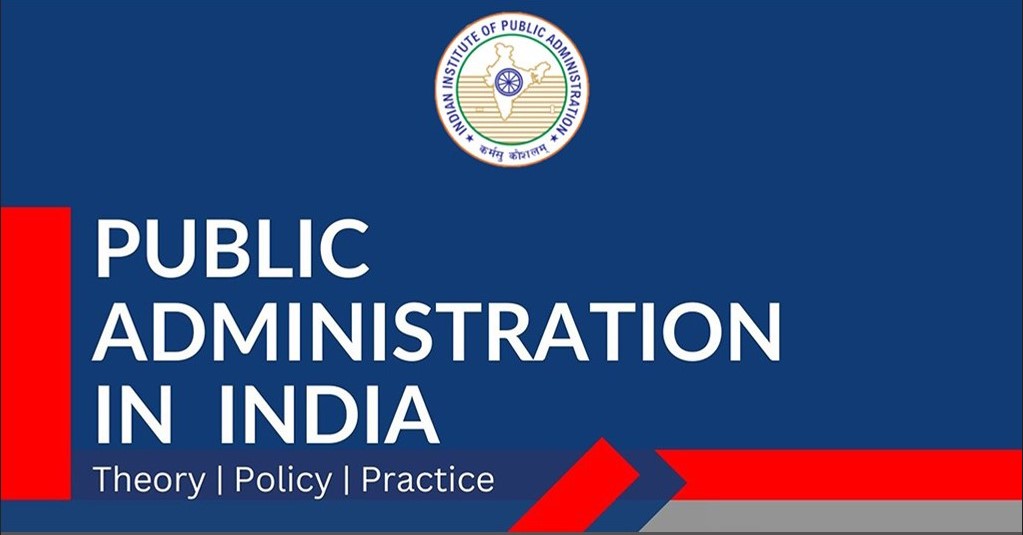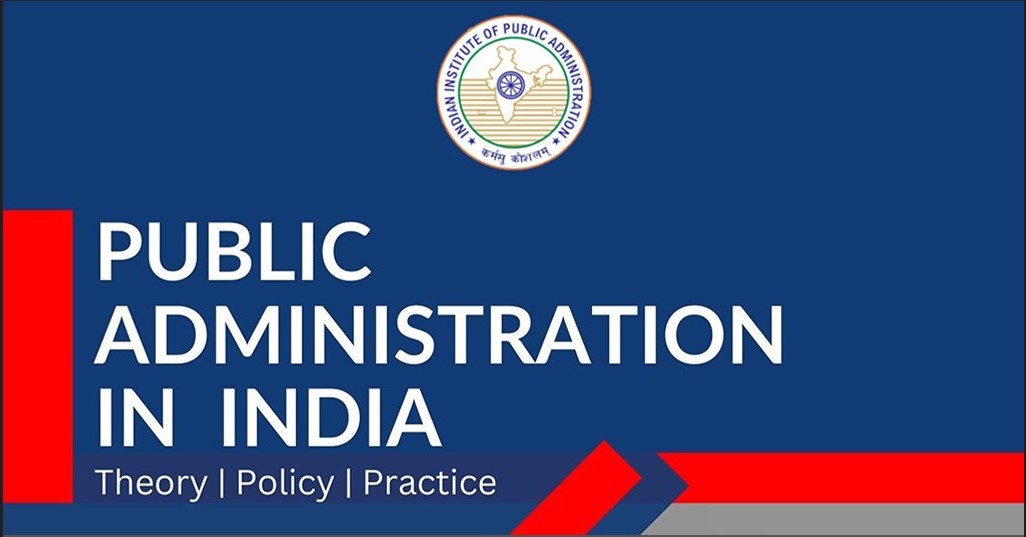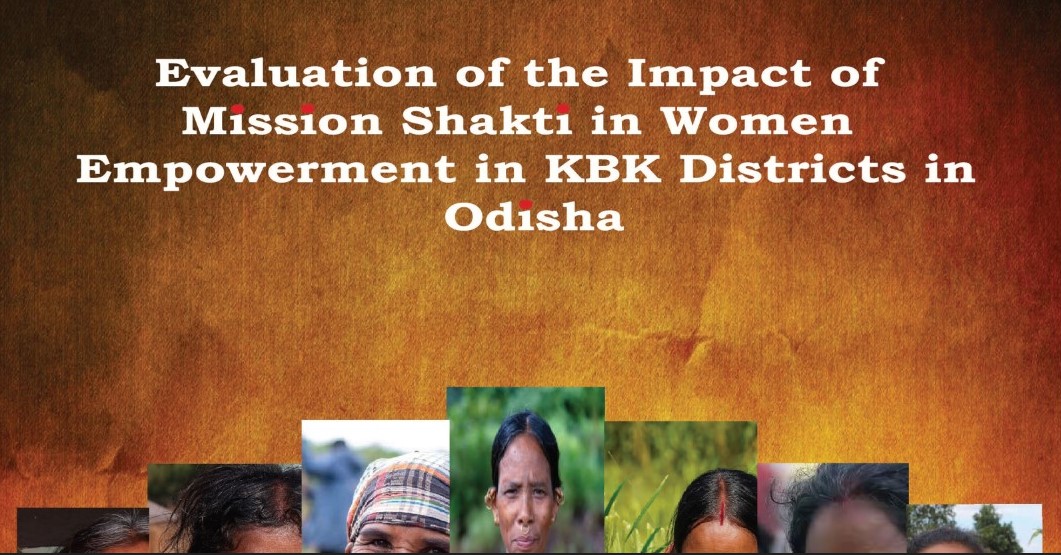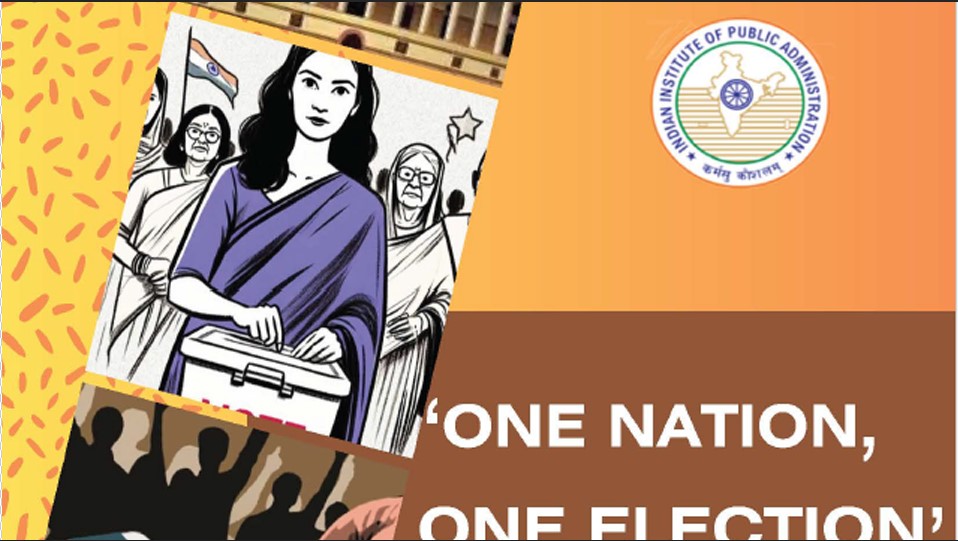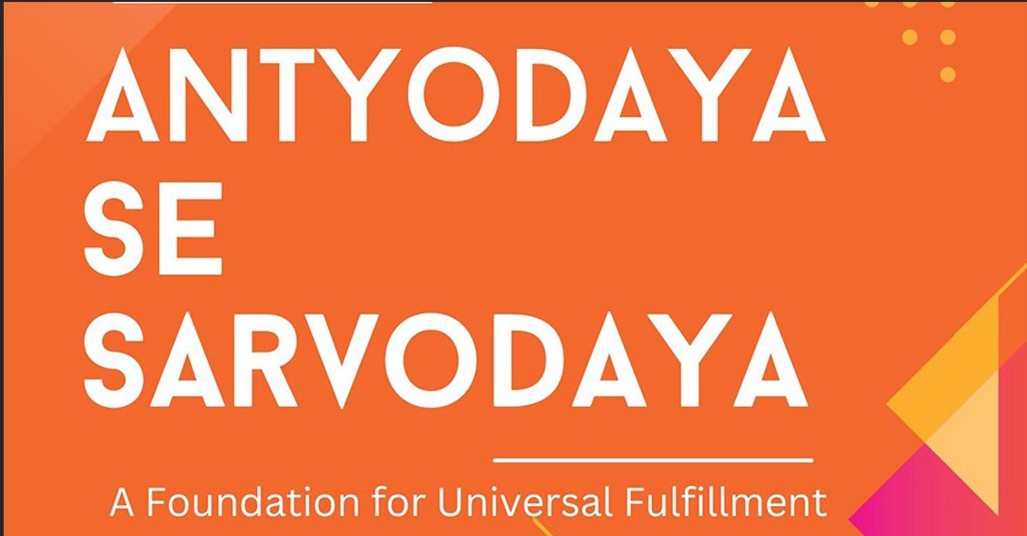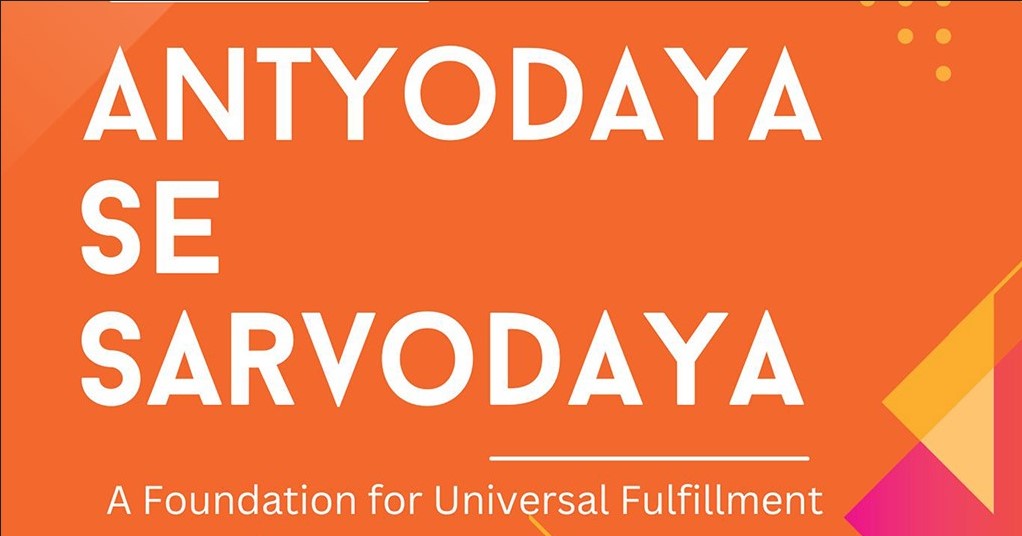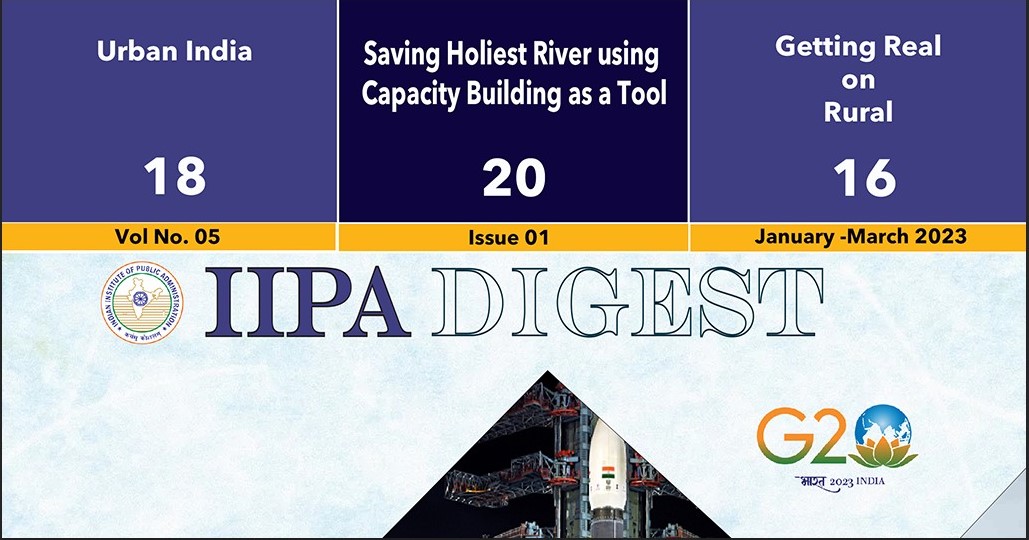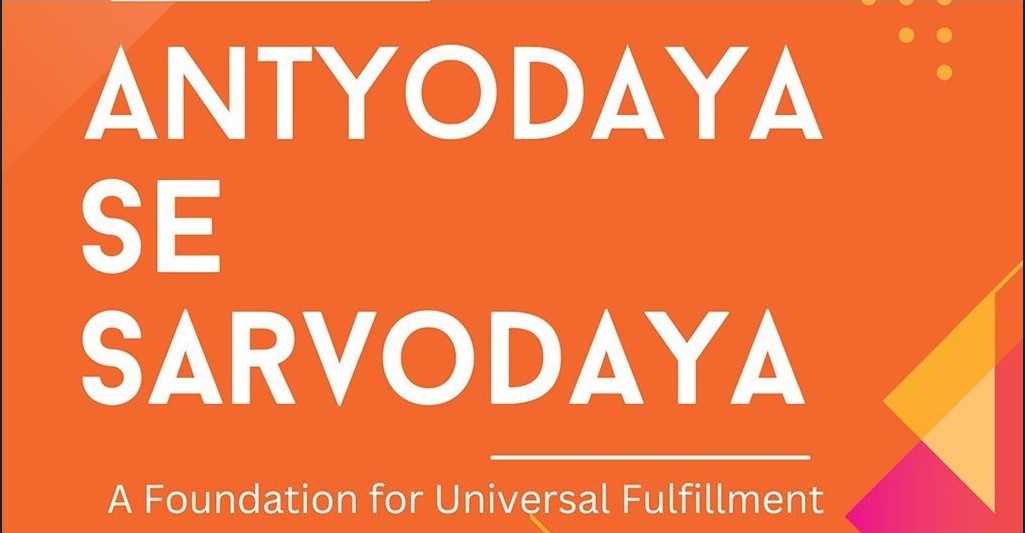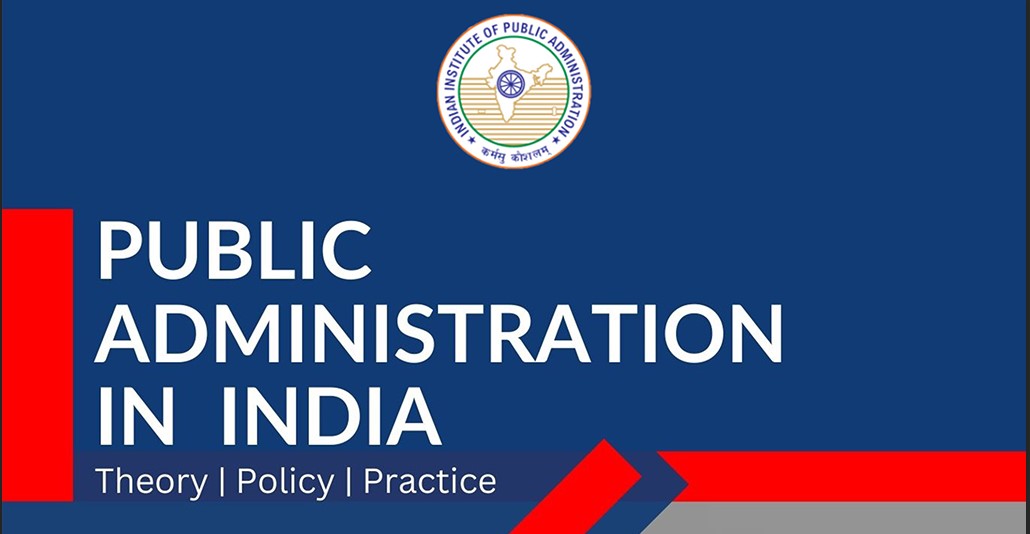From Bystanders to Changemakers: Unleashing the Power of People in Governance
Abstract
“People’s participation is the essence of good governance.” - Narendra Modi.
When citizens actively express their views and participate in governance, it drives national progress by aligning government actions with public needs. India has a long history of such participation, dating back to the Vedic era, though it was disrupted by invasions. Declaring India a ‘ganatantra’ reaffirms this foundational principle. Initiatives like the MyGov portal and ‘Mann Ki Baat’ have strengthened citizen-government engagement in the digital age. Success stories like AMUL's cooperative model, which empowered rural communities and led to the White Revolution, highlight the potential of people-led development. The paper aims to explore and build a strategic model with clear SOPs to enhance public participation and remove existing barriers.
Keywords: Governance, India, people, participation, power, engagement
1. Introduction
While studying in class 5th, while going to school, a young boy saw a yellow board with black letters. His maths teacher was also walking with him, so the boy asked him,” Why is this board placed here?’ The teacher explained to him that roads on our streets were being built, and the board gave the details of the same. Being a curious kid, the boy studied it and found out the width, thickness, and other specifications. The teacher was helping him understand. After a few days, the work started. The workers left a foot area uncovered on both sides of the road, and the thickness was less than what was written on the board. The boy told his father about this, who scolded him for poking my nose into government matters. Not satisfied, he shared the info with his teacher, who met the contractor and sought an explanation. The rude contractor did not bother to answer. As the board gave the details of the supervising engineer, they met him. He did not like the questioning but said he would talk to the contractor. The boy was surprised to see that the contractor did the work as per the specification displayed on the board in his street. People living on other streets were surprised to see the difference. I was the boy doing all this, and this was my first-hand experience of citizens’ participation in governance. My learning from this incident was.
i. Citizen participation in governance helps in better monitoring of the civic projects.
ii. It provides feedback well in time, which makes corrective measures easy and less painful.
iii. It eliminates inefficiency, corruption.
iv. It reduces unrest, litigation, and allows the government to focus on bigger issues.
v. The best thing about people's participation is that it is available free of cost, that too in an era of wooing voters by offering freebies.
This experience kept me motivated to take up similar issues, like demanding chemical fuming to eliminate mosquitoes in the rainy season. Writing to authorities on issues of public interest. The digitisation and the government’s initiatives like mygov. in portal have empowered me and millions of other citizens of India to join this mission. I could write emails using this facility. It further led to my becoming an author, writing articles in magazines.
2. Demanding a change of the name of Rajpath in my article dated 3rd July 2022
I wrote the above article ‘Presidential Poll: Janpath to Rajpath’ concluding it with,” a time will come when this Kingsway will become people’s way (Janpath), actual Hindi words are very powerful,’ Ek Waqt Aisa Bhi Ayega Jab Rajpath Janpath Ban Jayega’. Hope President Murmu will be the torch bearer. It is a sheer coincidence that the change takes place in the same year.
“The New Delhi Municipal Council (NDMC) approved a proposal to rename the 'Rajpath' as 'Kartavya Path' ahead of the inauguration of the revamped Central Vista Avenue by PM Narendra Modi on September 8”. Outlook dt Sep 8, 2022.
2.1 Citizen-centric governance:
Union Minister Dr Jitendra Singh said at the Dr. Rajendra Prasad National Convention last year that citizen-centric governance will evolve into an increasing role of citizens in the decision-making process. Ever since Prime Minister Narendra Modi took over in 2014, transparency, accountability, and citizen-centricity have become the hallmark of Governance. India has a rich tradition of engaging citizens in governance. Right from the Vedic period, India had a rich tradition of wider participation. Despite being ruled by kings, Indian scholars like Vidur and Chanakya have advised the kings to govern through consulting the Gana Parishad. Even a dictator like Ravana had a council where Marich, Vibishan, Maya, danav Kumbhakran, and Mandodari, etc, had the courage as well as the culture to oppose the king. However, the invader destroyed this framework. The independent India returned to its roots and declared itself a ‘Ganatantra’, reinforcing the concept of Government of the people, by the people, for the people. Sharing of information is the foundation stone for people's participation. An informed citizen can only participate in governance. Whenever one passes through the road adjacent to the Supreme Court, one can see a billboard displaying term-wise pending cases. This empowers the citizen to ask, why cases are pending for 25 years on one hand, and creates the need to reduce the number at the same time. Disclosing the true information is the key to people's participation.
3. Case study
The CPWD projects were notoriously famous for delays and poor quality. Shri M.Venkaiah Naidu reviewed the functioning of the Central Public Works Department on September 10, 2014. He advised CPWD to implement suitable processes to ensure efficiency, transparency, and accountability. Contractors are to be paid electronically so that manual interaction is reduced. Zero tolerance policy for delays and irregularities. Standard Operating Procedures with specific time frames for each activity to be implemented. Accordingly, to ensure transparency, project details were made available to the public at all work sites. Details of the project, including cost, project schedule, major features, details of the contact person for complaints, and reasons for delay, were made available. A decade later, one can see the transformation. India has the second-largest network of roads, which has grown 60 percent in this time span of 9 years. (PIB Release ID: 1993425).
4. Key Aspects of People’s Participation in Governance.
While people’s participation in governance is essential, several factors can limit or hinder effective engagement:
• Voting: It is the most basic form of participation in a democracy. People vote to choose their representatives at the local, regional, and national levels. It empowers them to decide on policy issues through referendums or initiatives. Fair elections at regular intervals are a cornerstone of democratic governance.
• Public Advocacy and Lobbying: Civil society organizations (such as advocacy groups, think tanks, and NGOs) act as intermediaries between the people and the government, helping to channel the needs, concerns, and aspirations of citizens into policy discussions.
• Consultation and Engagement: Governments may hold public consultations, forums, or town hall meetings where citizens can express their opinions on proposed policies, laws, and projects. These consultations can be online or in-person and provide opportunities for citizens to directly influence decisions.
• Community Development and Local Governance: Local governments play a significant role in providing services like education, healthcare, and infrastructure. Citizens can be encouraged to participate in local governance through community meetings, participatory budgeting, and volunteering in local organizations.
• Civil Society Organizations (CSOs) and NGOs: Citizens or civil society groups can play a major role by engaging in advocacy to push for specific issues, reforms, or changes in policy. Lokpal and RTI are the reforms that have seen the light of day due to this intervention only.
• Public interest litigation: PIL is a legal mechanism available to citizens for raising their voices against discrimination, breach of fundamental rights, and other similar matters to seek relief with the help of the judiciary. Former Chief Justice of India, Justice P.N. Bhagwati, is considered to be the pioneer of judicial activism. His judgment in ‘Bandhua Mukti Morcha v. Union of India, (1984) 3 SCC 161’, started the path-breaking practice of treating letters or postcards addressed to judges as writ petitions. A lot of path-breaking interventions took place.
• Public Protests: Citizens may organize protests and social movements to raise awareness about important issues and demand action from the government. These can bring attention to issues that might otherwise be ignored, helping to hold the government accountable. Jai Prakash Narain’s students’ movement of 1974 and Anna Hazare’s ‘India Against Corruption’ 2011 are two major protests that changed the course of our democracy.
• Digital Participation (MyGov.in): E-governance takes advantage of information and communication technology (ICT) to deliver services, exchange information, and connect various standalone systems and services. The shift from age-old governance models to transparent, efficient, and citizen-focused methods is leading to a significant evolution in public administration. The author has been working with various government bodies as a citizen and can say with confidence that digital intervention has made participation easy. Nabbing the corrupt and recognising the honest has become easier. To have the first-hand feel of it, one should log in to the website Mygovin and see for themselves how the nation is engaged in galloping to growth, prosperity, and better governance. A full paper can be developed on the impact of digitisation in encouraging mass participation in governance.
• Right to information (RTI): the basic object of the right to information act is to empower the citizens, promote transparency and accountability in the working of the government, contain corruption, and make our democracy work for the people in real sense. Indian democracy has marched step by step to empower its citizen and RTI is most effective tool. It worked two ways, on one hand it allowed the public to find out how things are done, on the other hand it sensitised the decision maker to the importance of being fair, equitable, and transparent. The reason is the power of disclosure. In my corporate life of 38 years, governance improved as RTI took away the secrecy from decision-making.
5. Barriers to citizens' participation
• Access to Information: Without information, it becomes difficult for people to make informed decisions or participate in governance processes.
• Political Disenfranchisement: certain groups (such as marginalized communities, women, or ethnic minorities) face barriers to participation due to political, economic, or social exclusion.
• Limited Political Education: Lack the knowledge or resources to fully engage in governance, sometimes hijack the people’s will, failing to understand complex policy issues, or how to navigate political systems. The passing of Article 370, the waqf board getting absolute power to claim properties, are a few such examples where the public took a long time to respond.
• Barriers to Voting: Voter suppression, restrictive voter identification laws, or the inability to access polling stations can reduce voter turnout and prevent some individuals from participating in elections. Media, EVM, and video recording helped in monitoring and taking remedial action, like repolling.
• Authoritarian Regimes: Adam Przeworksi has theorized that "authoritarian equilibrium rests mainly on lies, fear, and economic prosperity. ( ) In non-democratic or authoritarian governments, people may face repression, censorship, or fear of retaliation for participating in protests or dissent. The imposition of the Emergency was one such act in independent India.
6. Conclusion
The concept of participatory democracy has gained immense popularity in recent years, last decade has empowered the public in India. The country benefited from dealing with the COVID-19 pandemic. To be a superpower, India needs to establish itself as a role model in transparency, equity, and governance. This cannot be achieved without engaging the public in governance. It faces several challenges to improve. Participatory democracy is the way forward. This is an ongoing process that requires analyzing rules and processes, significance, challenges, and potential strategies for implementation. India has eliminated a few bottlenecks and has improved its ranking in ease of doing business, but a lot is yet to be done. India has to further strengthen participatory democracy to transform governance by empowering citizens as active stakeholders in decision-making processes. Eliminating structural barriers, promoting civic education, and leveraging technology can move India towards a more engaging democratic framework in which the voices of all citizens are heard and heeded. We have to take charge ourselves, as Emile Lahoud has rightly said,
“Democracy, good governance, and modernity cannot be imported or imposed from outside a country”.
References
1. Gupta, Sharad (26 November 2019). Remembering Verghese Kurien- India's first milkman. Business line.
2. Article Presidential Poll: Janpath To Rajpath by Rakesh Kumar: https://organiser.org/2022/06/28/88046/analysis/presidential-poll-janpath-to-rajpath/
3. Press Information Bureau 22/12/2023 (Release ID: 1989635)
4. Abraham Lincoln. In his iconic Gettysburg address, Abraham Lincoln.
5. https://www.scconline.com/blog/post/2017/06/17/remembering-the-judicial-legacy-of-former-cji-justice-p-n-bhagwati/ Ernance in India
6. Objective of the Right to Information Act: rti.gov.in
7. Przeworski, Adam (1991). Democracy and the Market: Political and Economic Reforms in Eastern Europe and Latin America. Cambridge University Press. p. 58. ISBN 978-0-521-42335-9.
Leave a comment
More articles from Governance & Polity




